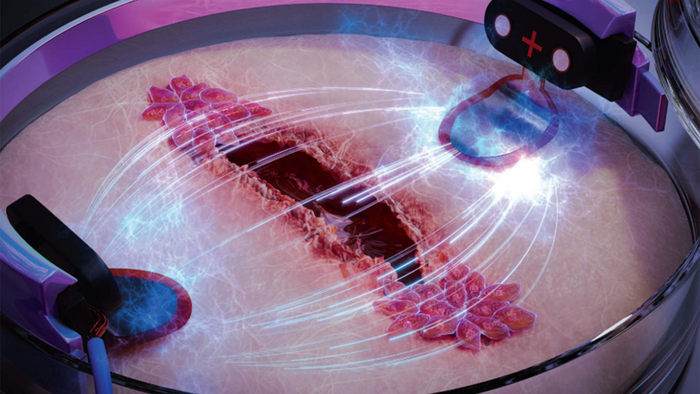Governments everywhere, especially in the United States, are decrying the sorry state of their infrastructures: roads, bridges, municipal facilities, etc.. The irony is that before these issues can be effectively addressed, new systems that harness the collective knowledge, skills and experience of each country’s citizens need to be created.
This new platform is being referred to as “Government 2.0” and is envisioned as an open source computing network made up of government, citizens, innovative companies and experts. Proponents of E-Government want to put the public sector on an even footing with the private sector with respect to the quality of its computer and information systems. Anyone who has visited or worked in a fortune 500 company can’t help but be impressed by the plethora of shiny new, state-of-the-art computer systems and the motivated and enthusiastic employees.
A more stark contrast cannot be drawn between this image and walking into a government, state or city office gawking at its primitive technology, which is at least a decade old, often older, and seems to be powered by mice running on a treadmill. IT organizations in these public offices are often undermanned, overworked, underfunded and underpaid. Teaching employees to do simple things like update a system when prompted to by the software is hardly ever done.
Offices come to a screeching halt until an IT person can be freed up to deal with what seems like a huge problem but would take seconds if employees were empowered to act.
Billions of dollars spent by private industry tells us that technology can enhance access and delivery of information, make organizations smarter, help them serve their customers better, and be profitable, so why not government services?
The Vision of Government 2.0
In a Government 2.0 scenario, citizens are transformed from passive recipients of information and benefits to active users of government services that include more access to information, ability to easily share it, and even to use considerable government information assets to enhance commercial enterprise.
Some of the advances are part cosmetic and part new functionality. For example, some government websites are using avatars to help guide people through a town’s website. One city created a Monopoly Board-inspired menu of city departments and services, for example, to help people better visualize what services are available and where to get more information.
The Democratization of Government Processes
The worst thing about government inertia and red tape is they breed dependence on government. In Government 2.0, information is democratized and allowing citizens to have access to information without having to go through a harried, overworked, uninterested, mixed up public employee.
The problem is not the public employee. Many are good workers and have a genuine interest in helping people. But bureaucratic systems often tie the hands of workers, in a sense, asking them to fight a boxing match with two arms tied behind their back, standing on one leg, with a patch over one eye. The system is set up for failure and produces failure constantly.
E-Government will help employees interact with citizens and give them tools including well-organized and user-friendly graphical user interfaces (GUI), Instant Messaging (IM), significantly more audio and video presentations, the ability to send and receive emails and more.
The main constituents who use government services, including citizens, businesses and employees will be provided tools to proactively manage their issues and problems, speeding up resolution times.
A good book on Government 2.0 was recently written by Stephen Goldsmith, Professor and Faculty Chair in the Innovations in American Government Program at Harvard University. Government 2.0, says Goldsmith, “will ultimately lead to more effective governments while reducing old-style patronage politics, replacing it with performance politics.”
Government 2.0 Worth $3 Trillion?
According to a Deloitte report on Government 2.0, transforming governments in the way described above will add $3 trillion to the world economy. For more information and studies on Government 2.0, see Deloitte & Booz Allen & the White House.
Related IndustryTap articles:







